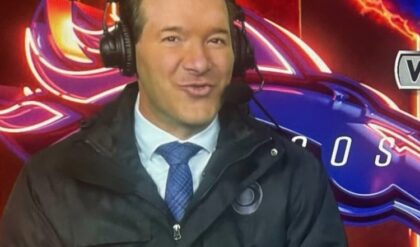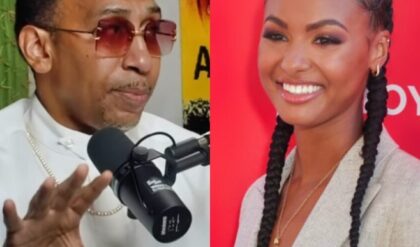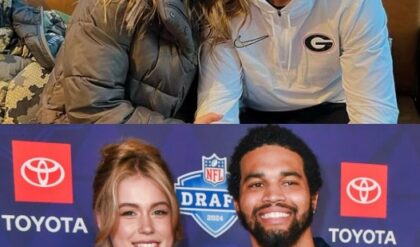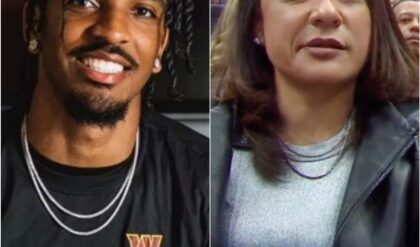Despite My Hero Academia’s horrid ending, Kohei Horikoshi’s character design has the upper hand compared to Masashi Kishimoto’s series Naruto.
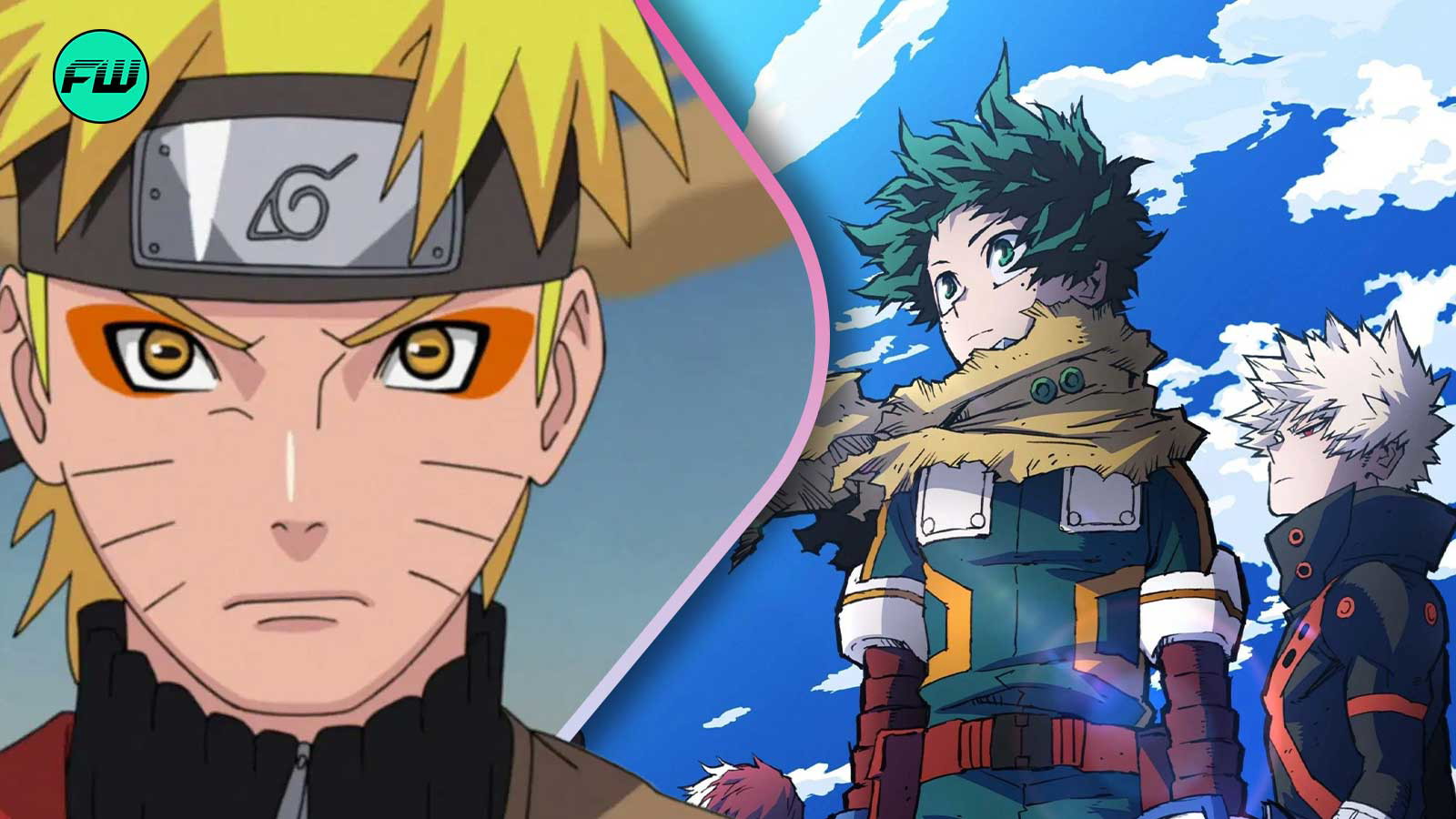
SUMMARY
My Hero Academia wasn’t exempt from the censure regarding its horrid ending.
Kohei Horikoshi outdid himself with one key aspect despite his series’ botched ending.
Masashi Kishimoto won’t be able to rid himself from the same-face syndrome allegations anytime soon.
Despite its popularity and fanbase, Kohei Horikoshi’s manga My Hero Academia wasn’t exempt from censure. This holds especially true with its disappointing ending and the closure garnered an array of reactions from fans.
While some fans appreciated it, most responses aligned toward a negative reception. Although the horrid ending plagued the series, there’s one thing the mangaka did that made him on par with Kishimoto.
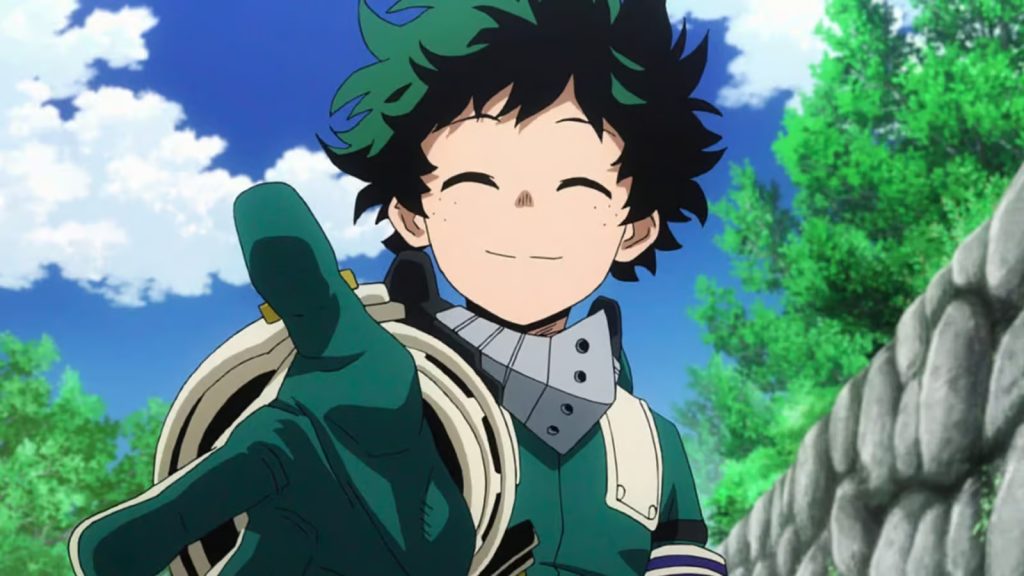 Izuku Midoriya in a still from the anime | Credit: Studio Bones
Izuku Midoriya in a still from the anime | Credit: Studio Bones
Despite the series’ inconclusive ending, the mangaka reigns supreme in this key aspect. This had fans appreciating Horikoshi for his brilliance on X.
Furthermore, the series stands in contrast to Kishimoto’s manga in terms of the latter’s criticism. This is especially true with the same-face syndrome backlash.
Kohei Horikoshi outdid himself in this aspect despite My Hero Academia’s ending
Kohei Horikoshi made waves with his superhero Shonen series. This is evident in the manga’s worldwide fanbase and cult popularity. From impeccable art to stellar visuals, it is a complete treat.
But what makes it interesting is its refreshing take on the genre itself. As a superhero series, Horikoshi levels the playing field with his unique power system.
 Momo Yaoyorozu in a still from the anime | Credit: Studio Bones
Momo Yaoyorozu in a still from the anime | Credit: Studio Bones
Several aspects put My Hero Academia on par with other Shonen series. This includes the portrayal of a meek protagonist as opposed to a strong and mighty one. Strength and determination are silent yet impactful in Deku’s case.
The hero isn’t a typical protagonist who is well-liked but someone who represents follies. Deku’s fallible nature and struggle is what makes him closer to the audience. But there’s a feat greater than this that Horikoshi needs to be proud of.
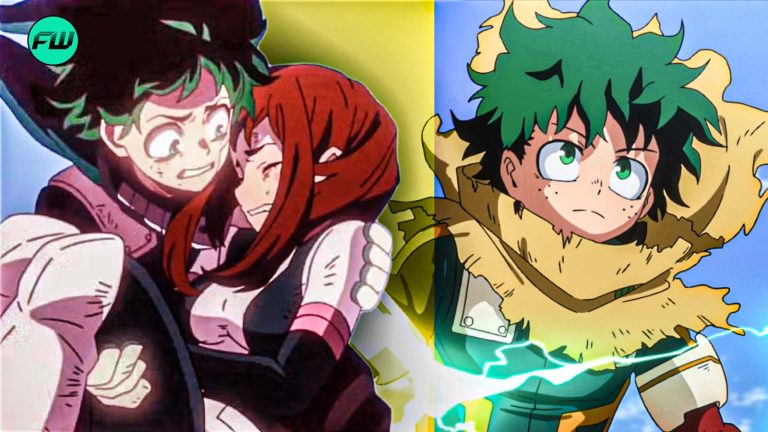
Interestingly, Horikoshi adds more depth and life to these characters. With their maturity, they still hold the essence of their old selves.
This also stands in contrast to Kishimoto’s series which is often met with the criticism of same-face syndrome. Especially when it comes to the sequel series Boruto.
Masashi Kishimoto and the same-face syndrome dilemma in Naruto
More often than not, Masashi Kishimoto is at the epicenter of criticism and controversy. This also takes the form of backlash, especially with his sequel series Boruto, which is met with heavy criticism for various reasons.
But mostly, this has to do with its character designs as well as illustrations. From bland to lifeless, most fans have lashed out at Mikio Ikemoto for his expressionless designs and characters.
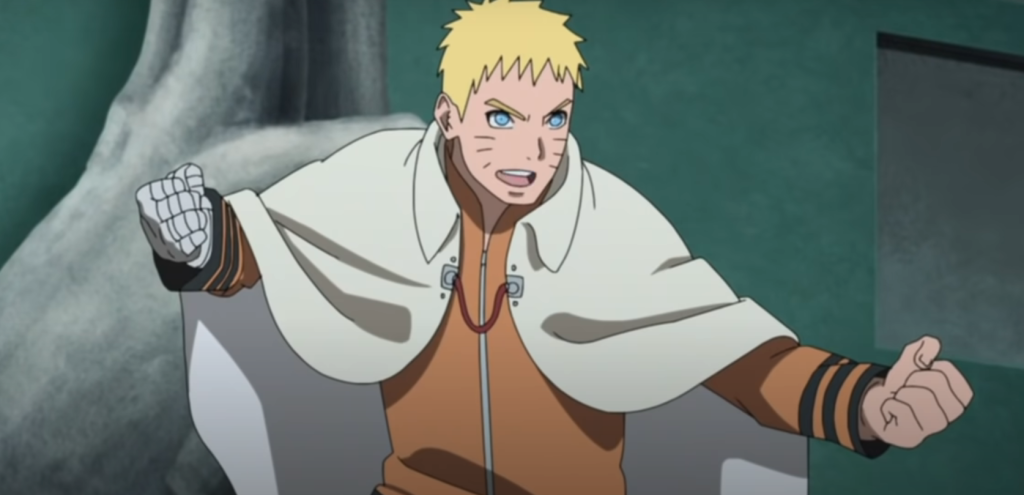 Naruto Uzumaki in a still from Boruto | Credit: Studio Pierrot
Naruto Uzumaki in a still from Boruto | Credit: Studio Pierrot
This applies to his characterization of Naruto in the sequel series. Compared to Kishimoto’s design, Ikemoto’s characterization of the hero seems rather bland. On several occasions, fans have expressed their agitation toward the illustrator.
This ties well with his botching of other characters. His cover art featuring Sand Siblings is one such case. Additionally, Horikoshi has the upper hand in terms of his artistic prowess.
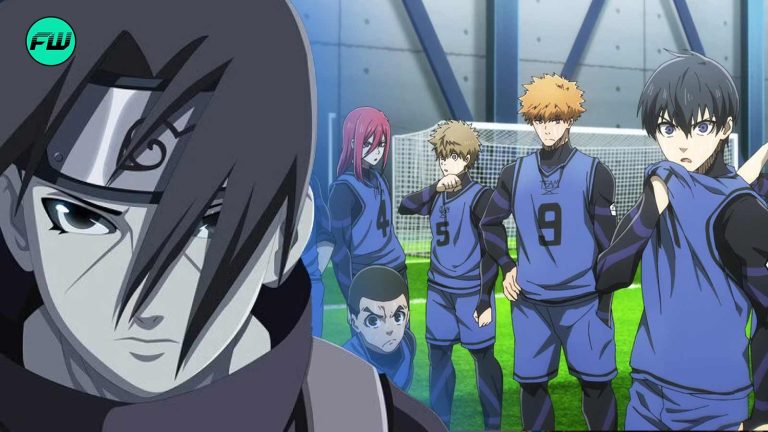
From his illustrations in Chapter 399 to his mature characters, the My Hero Academia mangaka reigns supreme in this aspect. While his manga fell flat in terms of the closure, his art and designs made up for it overall.
My Hero Academia and Naruto are available for streaming on Crunchyroll. Both manga are available for reading on Viz Media.

